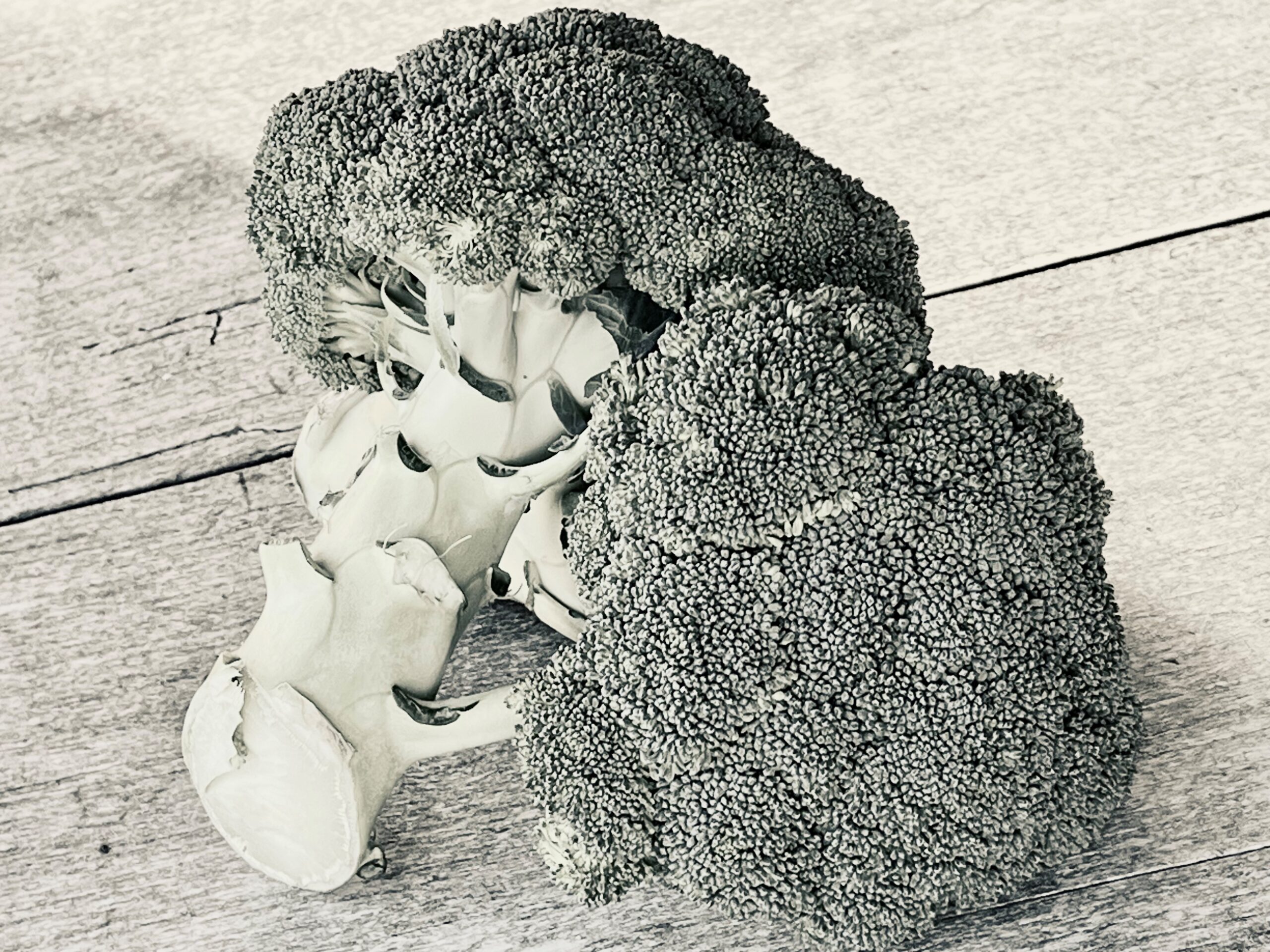When I got diagnosed with Tarlov Cysts, I found myself on a journey of discovery. I spent hours in google seeking for solutions and I tried everything that could potentially lead to an improvement of my chronic back pain condition. Over the years, I’ve tried various treatments, from traditional medicine to alternative therapies like acupuncture or mindfulness; but one unexpected hero in my pain management toolbox has been adopting an anti-inflammatory diet.
WHY AN ANTI-INFLAMMATORY DIET?
Inflammation is a common driver of pain in conditions like mine. While the cysts themselves contribute to nerve irritation, systemic inflammation can amplify the pain. After researching and consulting with healthcare professionals, I realized that what I ate might be playing a role in my symptoms. Food has the power to influence inflammation in the body, and by making thoughtful changes to my diet, I’ve experienced noticeable improvements in my overall well-being.
KEY PRINCIPLES OF THE ANTI-INFLAMMATORY DIET
An anti-inflammatory diet consists on eating more foods that are naturally anti-inflammatory and avoid foods that trigger inflammation. Here are some principles I follow:
- Focus on Whole Foods: Prioritize fresh, nutrient-dense options like fruits, vegetables, whole grains, and healthy fats.
- Incorporate Omega-3 Fatty Acids: Foods like salmon, walnuts, and flaxseeds are excellent sources of omega-3s, which help fight inflammation.
- Spices That Heal: Turmeric, ginger, and cinnamon are potent anti-inflammatory spices that I use .
- Stay Hydrated: Water and herbal teas, are essential for hydration and reducing inflammation.
FOODS TO EAT
here’s a list of foods that positively contribute to reducing inflammation in your body:
- Fruits: Berries (such as blueberries, strawberries, and raspberries), cherries, oranges, and pineapple.
- Vegetables: Leafy greens (like spinach, kale, and Swiss chard), broccoli, Brussels sprouts, and bell peppers.
- Healthy Fats: Avocado, olive oil, flaxseeds, chia seeds, and fatty fish (such as salmon, mackerel, and sardines).
- Whole Grains: Brown rice, quinoa, oats, barley, and whole wheat.
- Lean Proteins: Skinless poultry, fish, tofu, tempeh, and legumes (such as lentils, chickpeas, and black beans).
- Herbs and Spices: Turmeric, ginger, garlic, cinnamon, and cayenne pepper.
FOODS TO AVOID:
- Processed Foods: Fast food, frozen meals, packaged snacks, and sugary beverages.
- Refined Grains: White bread, white rice, pasta, and pastries.
- Saturated and Trans Fats: Fatty cuts of red meat, processed meats (like bacon and sausage), butter, and margarine.
- Highly Processed Oils: Vegetable oil, corn oil, soybean oil, and sunflower oil.
- Added Sugars: Candy, soda, sweetened cereals, and desserts.
- Dairy: Milk, cheese, yogurt, and other dairy products, .
- Alcohol
FINAL THOUGHTS
Living with Tarlov cysts and chronic pain isn’t easy, but small, consistent changes can make a big difference. By focusing on these dietary principles, individuals with chronic pain may experience a reduction in inflammation, leading to improved pain management and overall well-being. However, it’s essential to remember that dietary changes alone may not be sufficient and I recommend to combine it with other traditional and alternative medicine options. Consulting with a healthcare professional is always recommended.
Are you currently following an anti-inflammatory diet or considering making dietary changes to help manage chronic pain? Share your experiences and thoughts in the comments below!
PS: herewith pasting a link to the web of an expert on the topic (for Spanish speakers :)) https://www.xeviverdaguer.com/es/como-resuelves-las-inflamaciones-parte-1/

